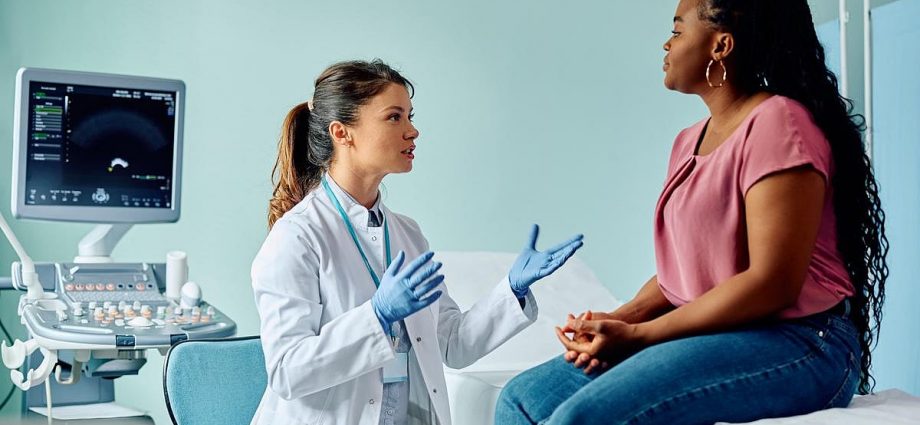THURSDAY, Feb. 6, 2025 (HealthDay News) — Kids and teens can also get migraines, but Black and Hispanic children seen in ERs are more likely to have their condition go undiagnosed, new research shows.
That’s concerning, because “without a proper diagnosis, medications that can help reduce migraine may be delayed,” noted study author Dr. Marissa Maliakal Anto of the University of Pennsylvania in Philadelphia.
“Unfortunately, our study found racial and ethnic disparities in the diagnosis, testing and treatment of migraine,” she said. The research was published Feb. 5 in Neurology.
“Headache is one of the most common symptoms at children’s hospital emergency departments,” Anto noted in a news release from the American Academy of Neurology.
But just how often are children’s migraines properly diagnosed?
To find out, the research team looked at the medical records of more than 160,000 people ages 5 through 21, attended to by emergency department staff at 49 children’s hospitals across the United States. All had symptoms of headache when they arrived at the ER.
Across the board, Black and Hispanic kids were less likely to be tested for and receive a diagnosis for migraine, Anto’s team noted.
For example, while 46% of white patients received a migraine diagnosis, that was true for only 28% of Black or Hispanic patients, the study found.
Tests needed to spot migraine were also ordered less frequently for minority patients: 4% of the time for Black or Hispanic patients compared to 9% of visits for white patients.
Intravenous medications (as opposed to pills) can go a long way to easing severe migraine pain. However, Hispanic and Black patients were 54% and 37% more likely than white patients, respectively, to receive a “pills-only” approach to headache treatment in the ER, the research showed.
Finally, young Hispanic or Black patients arriving at the ER with severe headache symptoms were, respectively, 35% and 20% less likely than white patients to be admitted to inpatient care.
The bottom line, according to Anto, is that “more research is needed to understand how disparities in migraine diagnosis, testing and treatment affect children, teens and young people in the long term. Research is also needed to develop interventions to reduce these inequities.”
More information
There’s more on migraines in kids at Harvard Health.
SOURCE: American Academy of Neurology, news release, Feb. 5, 2025
Copyright © 2025 HealthDay. All rights reserved.

